In a world brimming with technological advancements, it's essential to remember and celebrate the awe-inspiring natural wonders that continue to shape our understanding of the planet. The Seven Wonders of the Natural World are not only breathtaking sights but also vital ecosystems that highlight the beauty and diversity of our environment. As educators and students of 2024 and beyond, exploring these wonders can offer invaluable lessons in geography, ecology, and the importance of conservation. Let’s embark on a journey through these natural marvels, unraveling their splendor and significance.
The Great Barrier Reef: Underwater Paradise
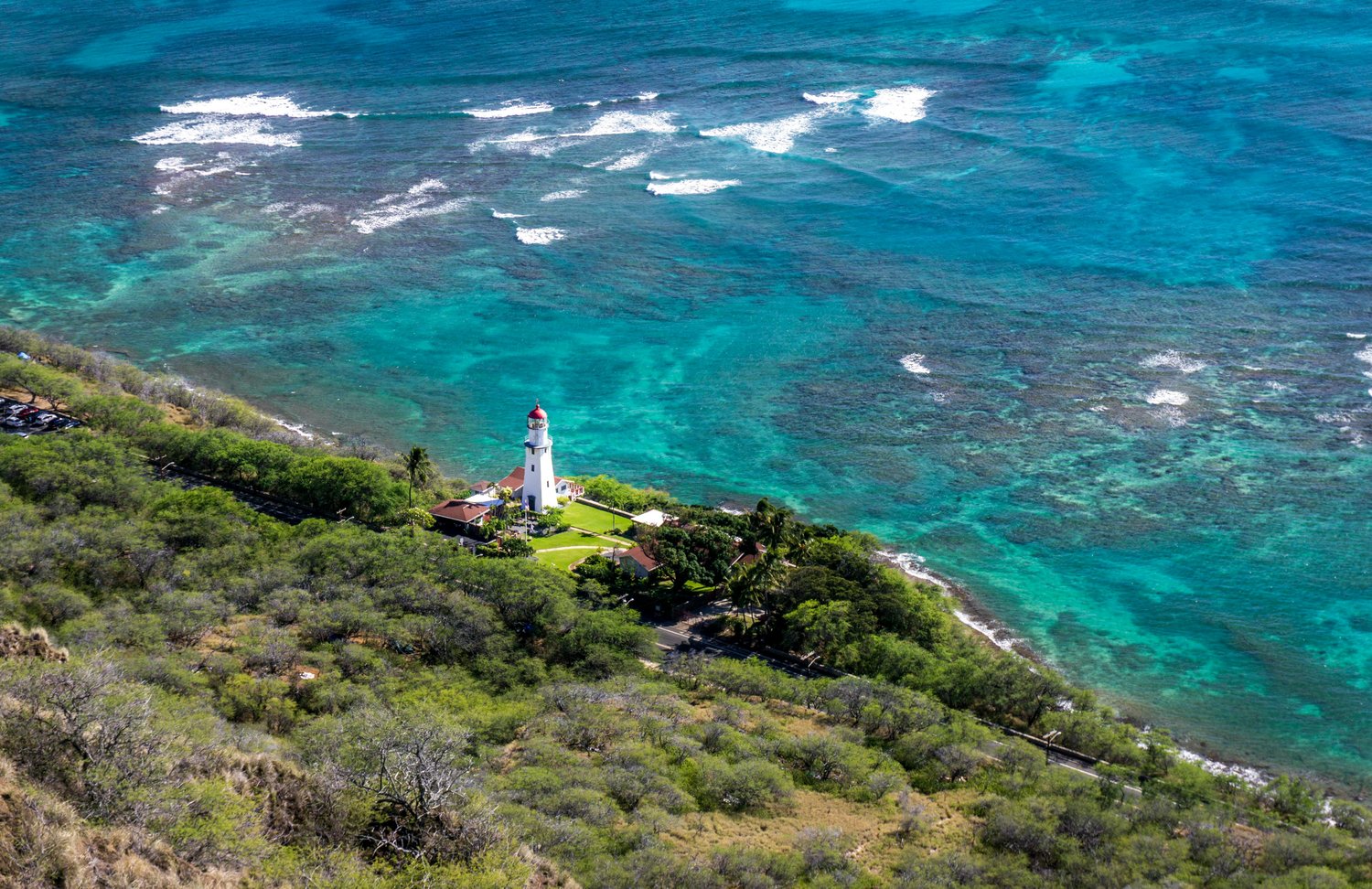
- Fact: The Great Barrier Reef, located off the coast of Queensland, Australia, is the world's largest coral reef system. Spanning over 2,300 kilometers, it is composed of 2,900 individual reefs and 900 islands.
- Significance: This underwater paradise is home to a diverse array of marine life, including over 1,500 species of fish, 411 types of hard coral, and numerous species of sharks, rays, and sea turtles. It's a vital habitat for marine biodiversity and a crucial indicator of ocean health.
- Naming History: The name "Great Barrier Reef" was coined by English explorer Matthew Flinders in 1802, who mapped the reef extensively and described it as a significant barrier to navigation along the northeastern coast of Australia.
- Historical Fact: Indigenous Australian groups, such as the Torres Strait Islanders and Aboriginal Australians, have a long history with the reef, considering it an essential part of their cultural heritage and mythology.
Mount Everest: The Roof of the World
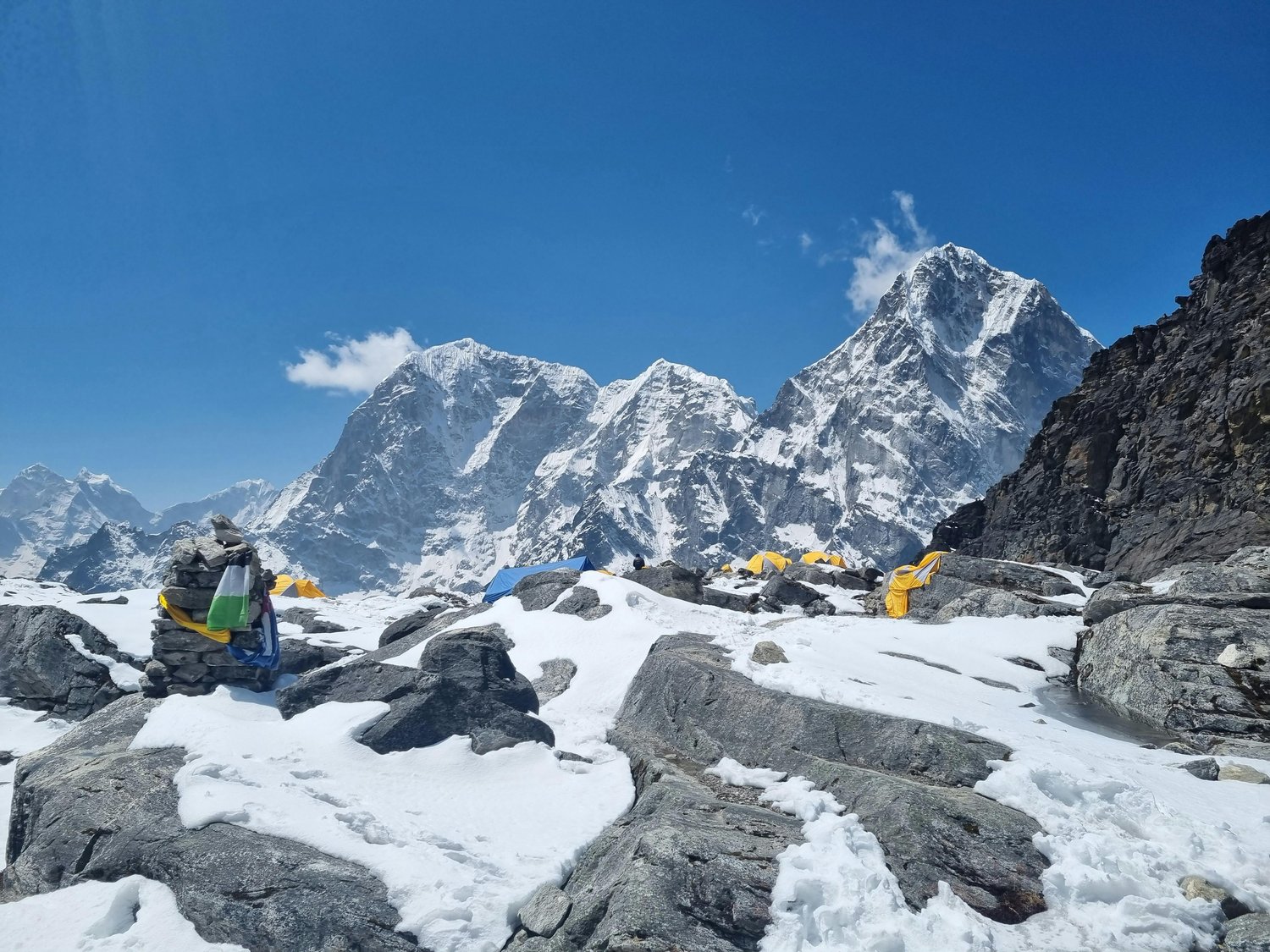
- Fact: Mount Everest, straddling the border between Nepal and the Tibet Autonomous Region of China, is the highest peak on Earth, standing at 8,848 meters (29,029 feet) above sea level.
- Significance: Beyond its status as a climber's ultimate challenge, Mount Everest plays a significant role in local cultures and religions. It also offers insights into geological processes and the effects of climate change on glacial regions.
- Naming History: Mount Everest was named in 1865 by the Royal Geographical Society after Sir George Everest, the British Surveyor General of India. It was previously known as "Peak XV," and the local names are "Sagarmatha" in Nepal and "Chomolungma" in Tibet, meaning "Goddess of the Sky" and "Mother Goddess of the Universe," respectively.
- Historical Fact: Known as "Sagarmatha" in Nepal and "Chomolungma" in Tibet, Mount Everest holds deep spiritual significance for local populations, with many legends and stories surrounding its majestic presence.
Victoria Falls: The Smoke That Thunders
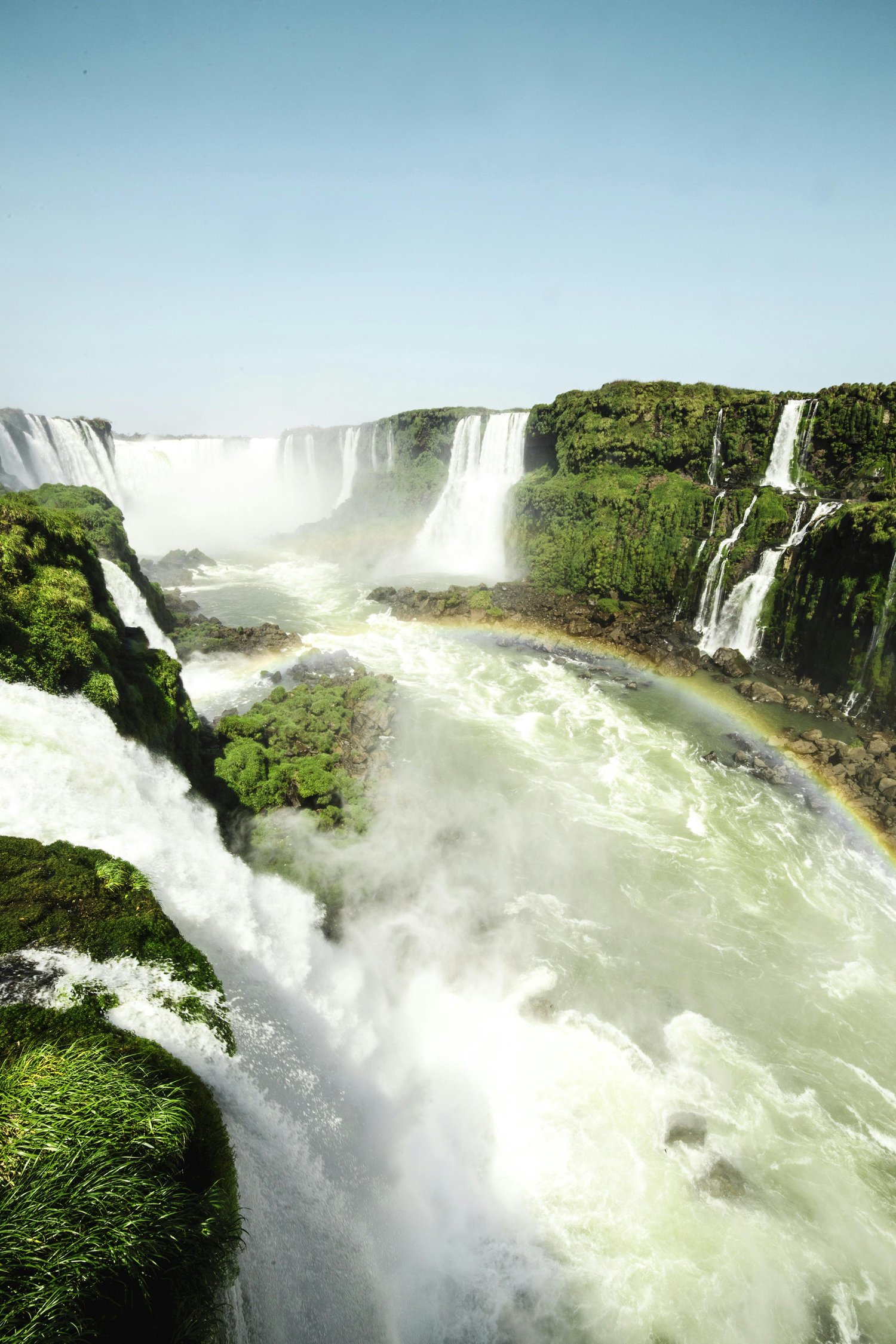
- Fact: Located on the border between Zambia and Zimbabwe, Victoria Falls is one of the largest and most famous waterfalls in the world, with a width of 1,708 meters (5,604 feet) and a height of 108 meters (354 feet).
- Significance: Known locally as "Mosi-oa-Tunya" (The Smoke That Thunders), Victoria Falls is a UNESCO World Heritage site. Its majestic flow creates an ecosystem that supports a variety of wildlife and plants, making it an ecological treasure.
- Naming History: Scottish missionary and explorer David Livingstone named the falls "Victoria" in 1855 in honor of Queen Victoria of Britain. The indigenous name "Mosi-oa-Tunya" has been used for centuries by the local Kololo tribe, capturing the powerful imagery of the falls' mist and sound.
- Historical Fact: The falls were named "Victoria" by the Scottish explorer David Livingstone in honor of Queen Victoria of Britain, but the indigenous name "Mosi-oa-Tunya" has been used for centuries.
Grand Canyon: Nature's Majestic Sculpture
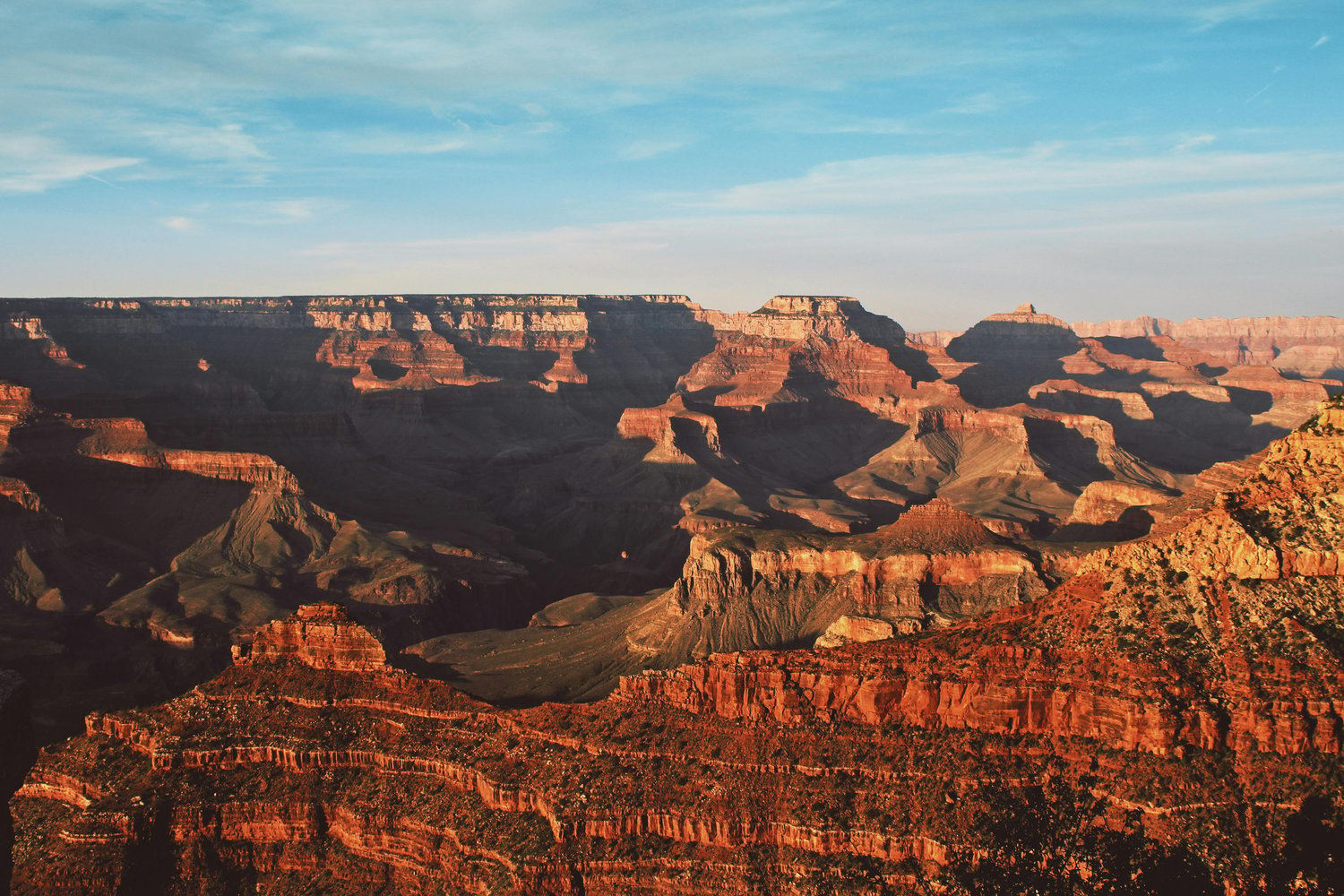
- Fact: The Grand Canyon in Arizona, USA, is a colossal gorge carved by the Colorado River over millions of years. It spans approximately 446 kilometers (277 miles) in length, up to 29 kilometers (18 miles) in width and attains depths of over 1,800 meters (6,000 feet).
- Significance: The Grand Canyon is a geological marvel that provides a window into Earth's history, showcasing nearly two billion years of geological formations. It's also a hub for biodiversity and a sacred site for Native American cultures.
- Naming History: The Grand Canyon was named by American explorer John Wesley Powell during his expedition in 1869. Powell was the first to use the term "Grand Canyon" to describe the magnificent and expansive gorge.
- Historical Fact: Native American tribes, including the Hopi, Navajo, and Havasupai, have lived in the Grand Canyon region for thousands of years, considering it a sacred and culturally significant place.
Aurora Borealis: The Northern Lights
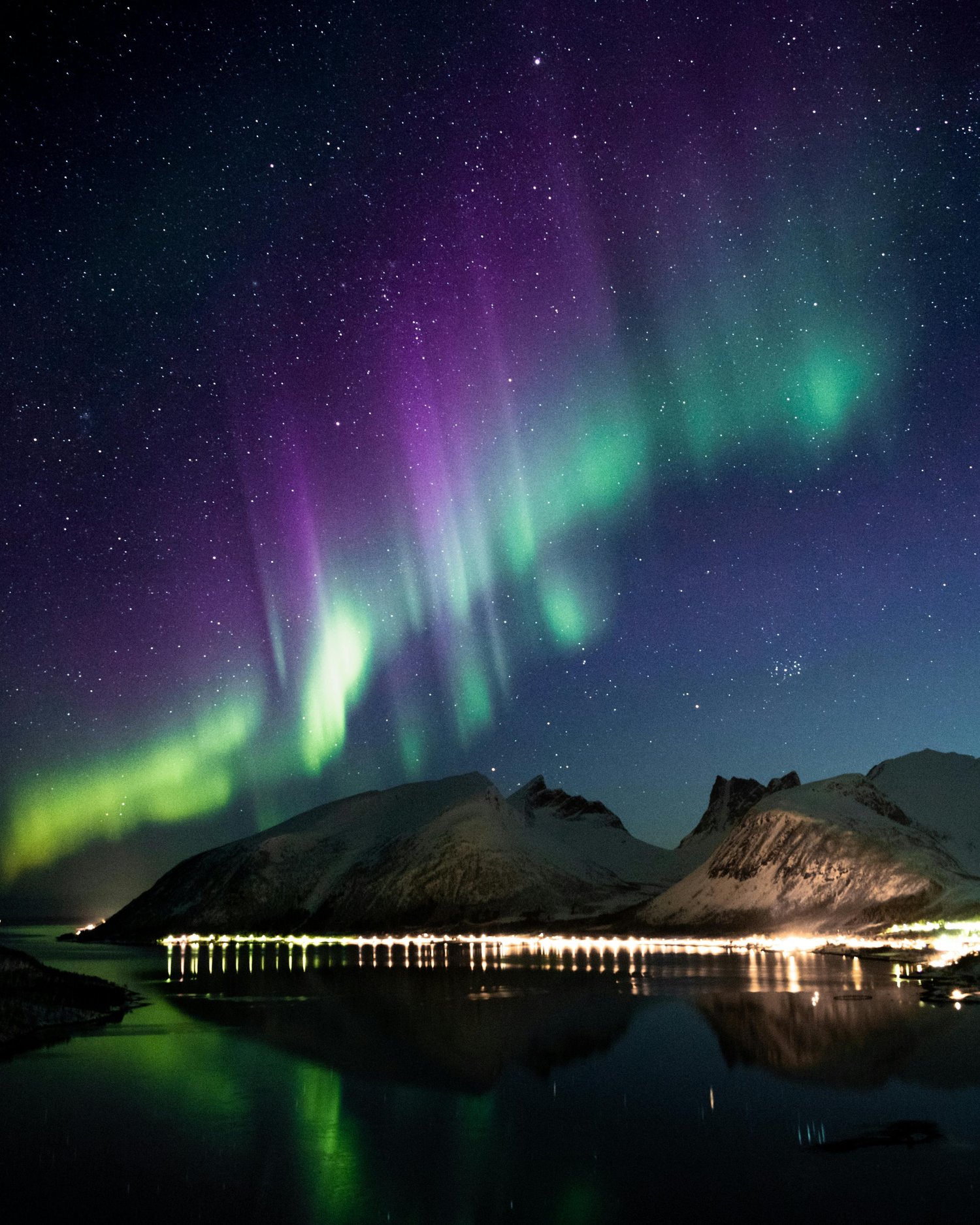
- Fact: The Aurora Borealis, or Northern Lights, is a natural light display predominantly seen in high-latitude regions around the Arctic. It's caused by the collision of solar wind particles with Earth's magnetic field and atmosphere.
- Significance: Beyond its mesmerizing beauty, the Aurora Borealis is a phenomenon that helps scientists understand space weather and its effects on Earth. It's also a source of inspiration in folklore, art, and literature.
- Naming History: The term "Aurora Borealis" was coined by the French scientist Pierre Gassendi in 1621. "Aurora" refers to the Roman goddess of dawn, and "Borealis" is derived from the Greek word for the north wind, capturing the ethereal nature of the lights in the northern sky.
- Historical Fact: Various cultures have myths and legends about the Aurora Borealis. For example, the Norse believed the lights were reflections from the armor of the Valkyries, while Indigenous peoples of North America saw them as spirits dancing in the sky.
Parícutin Volcano: The Birth of a Volcano
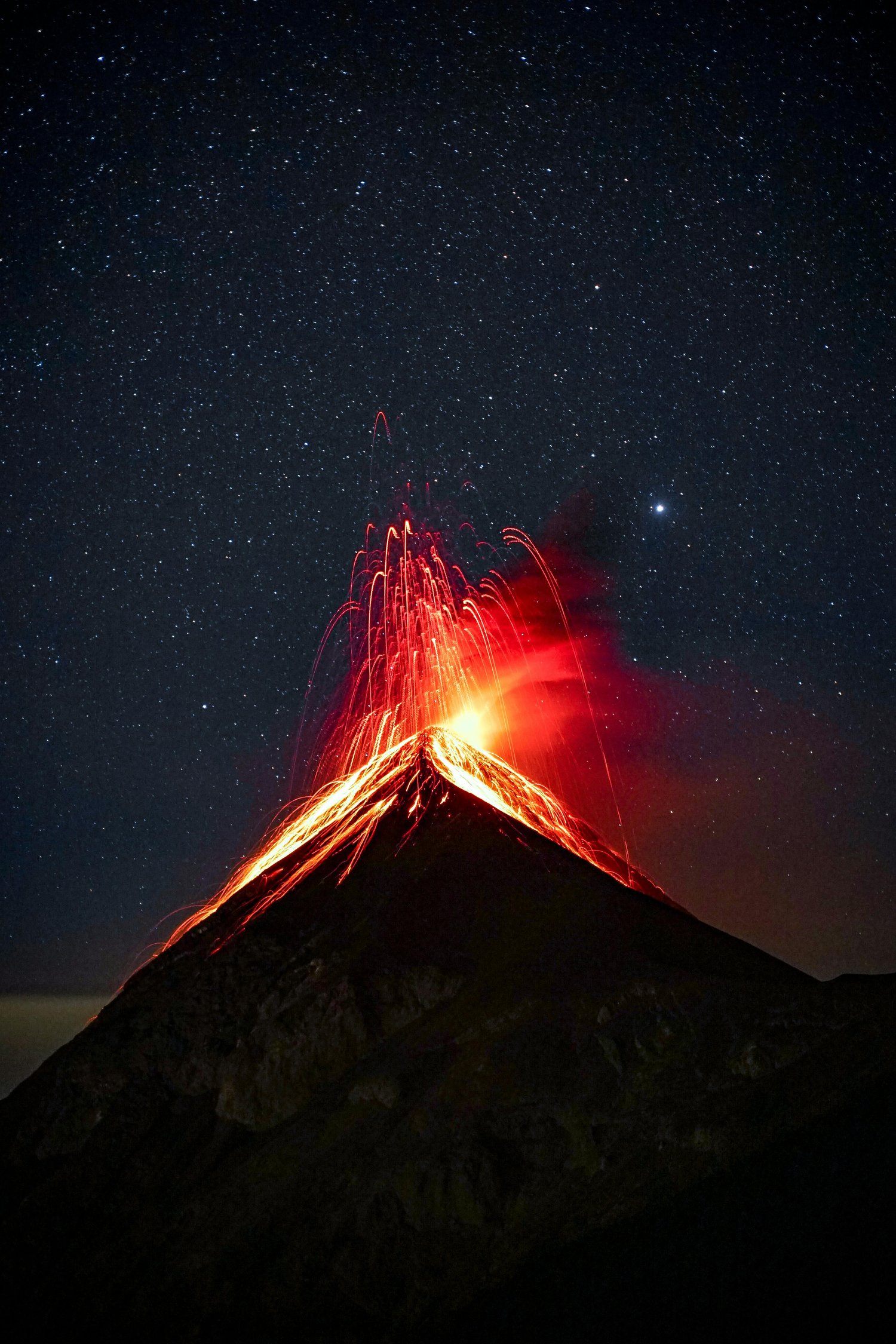
- Fact: Parícutin, located in Michoacán, Mexico, is a cinder cone volcano that erupted from a cornfield in 1943 and continued to erupt for nine years. It's one of the few volcanoes whose entire life cycle was witnessed and documented by humans.
- Significance: Parícutin offers valuable insights into volcanic processes and the dynamic nature of Earth's surface. Its emergence transformed the surrounding landscape and became a natural laboratory for volcanologists.
- Naming History: The volcano was named after the nearby village of Parícutin, which was buried during the eruption. The name "Parícutin" itself originates from the Purépecha language spoken by the indigenous people of the region.
- Historical Fact: The eruption of Parícutin began in a farmer's field and grew rapidly, capturing the attention of geologists and volcanologists worldwide, making it one of the most studied volcanic events in history.
Harbor of Rio de Janeiro: Natural Splendor
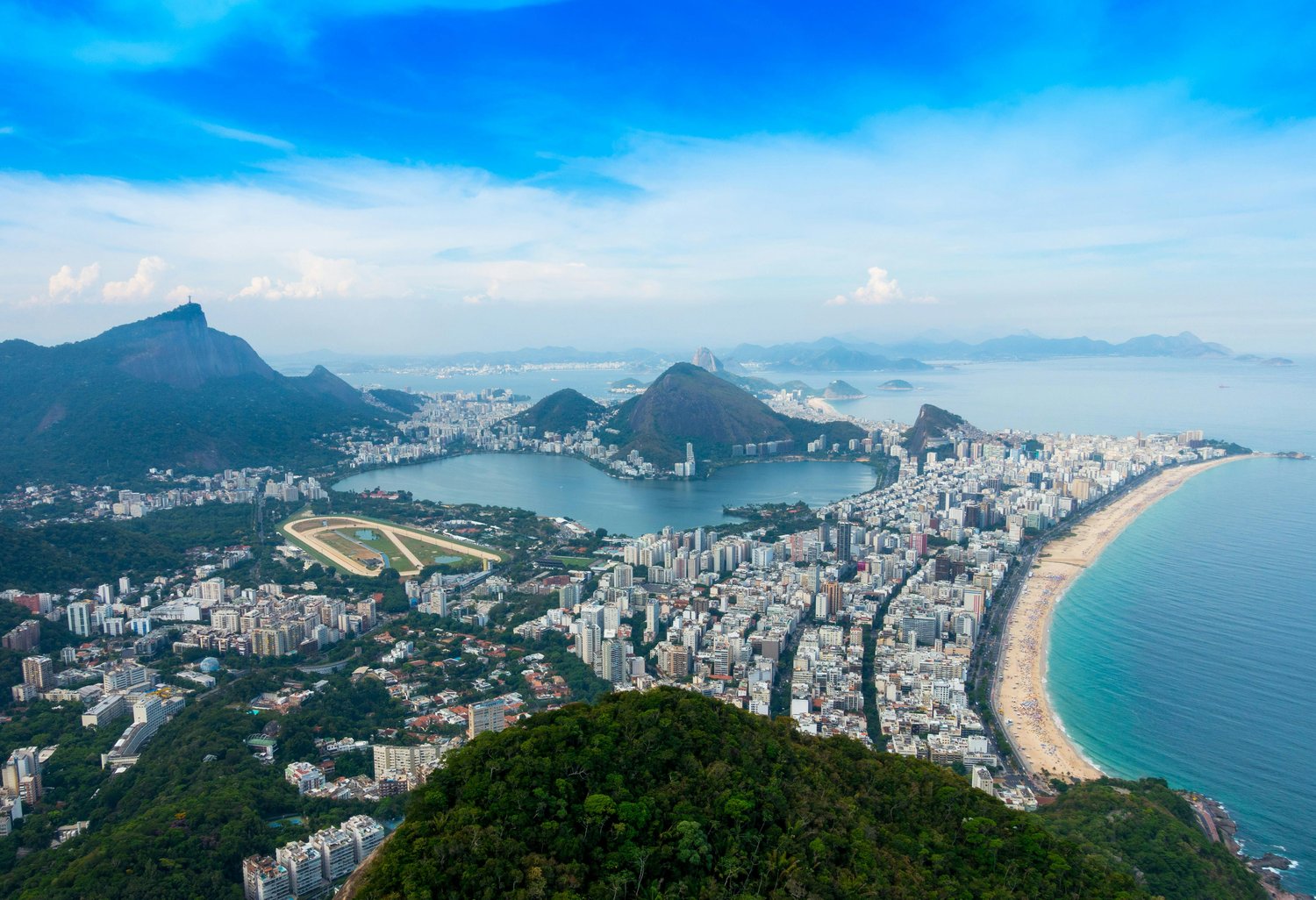
- Fact: The Harbor of Rio de Janeiro, also known as Guanabara Bay, is renowned for its stunning natural beauty. Surrounded by granite monoliths, including Sugarloaf Mountain and Corcovado Peak, it is one of the world's most recognizable harbors.
- Significance: The harbor's unique geography and scenic vistas have made it a cultural icon and a major tourist destination. It's also an important ecological zone, supporting diverse marine and bird species.
- Naming History: The name "Rio de Janeiro" means "River of January," named by Portuguese explorers who arrived in the bay in January 1502. They mistakenly believed it was the mouth of a river, and the name has endured ever since.
- Historical Fact: The name "Rio de Janeiro" means "River of January," named by Portuguese explorers who arrived in the bay in January 1502, mistakenly believing it was the mouth of a river.
Embracing Earth's Natural Wonders
Understanding and appreciating the Seven Wonders of the Natural World is crucial for fostering a sense of global stewardship. These natural marvels not only provide spectacular visuals but also serve as essential habitats and geological wonders that underscore the importance of environmental conservation and sustainable practices.
Explore More with E-Learning
Are you ready to delve deeper into the wonders of our natural world?
Our e-learning platform offers comprehensive lessons and interactive resources that bring these natural marvels to life. Perfect for both teachers and students, our courses are designed to make learning engaging and accessible.
Visit our e-learning website today to explore our offerings and embark on an educational journey that bridges the gap between curiosity and knowledge. Don't miss out on the opportunity to enhance your understanding of Earth's incredible heritage—check out our online lessons now!


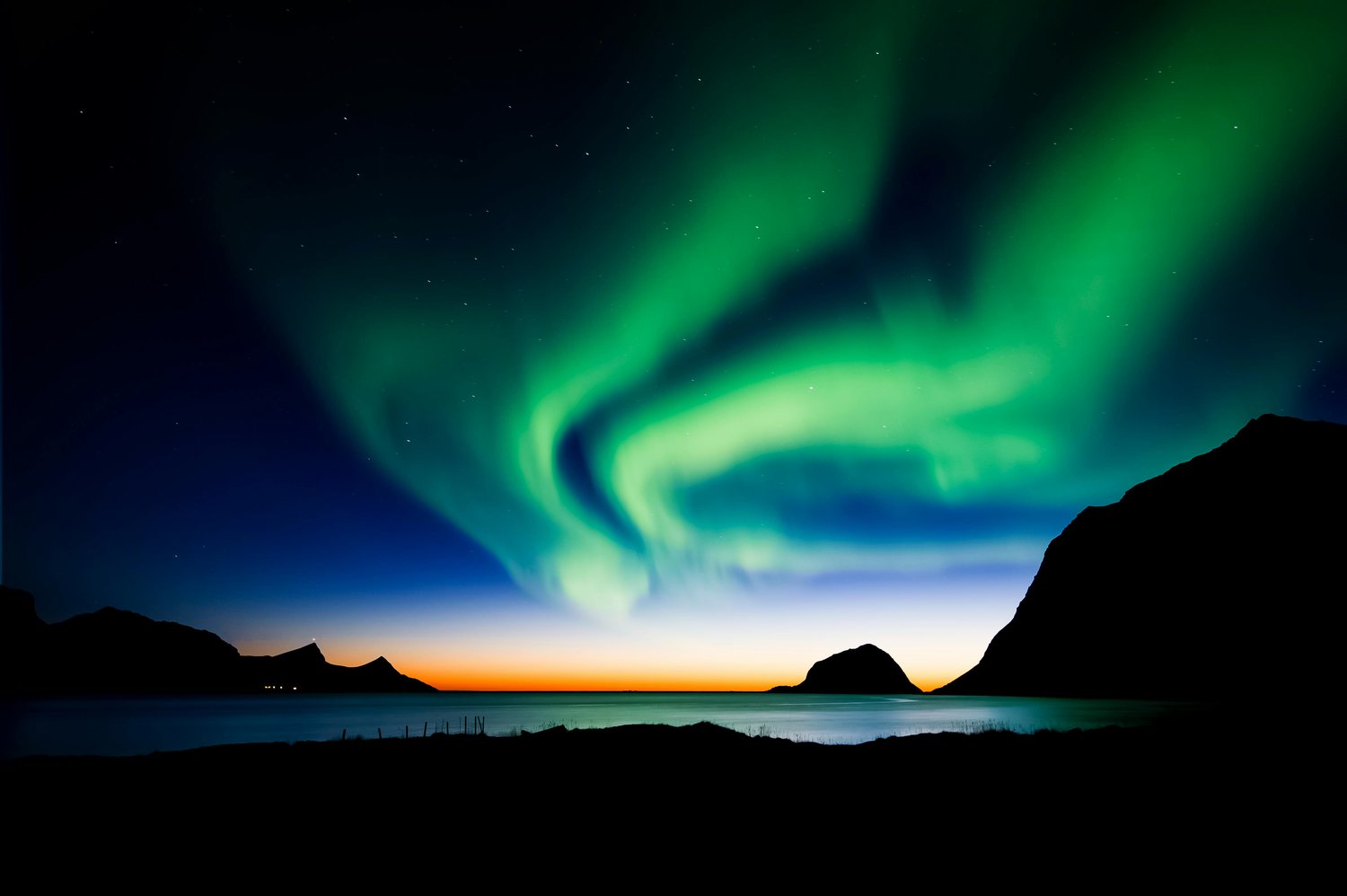
Comments ()